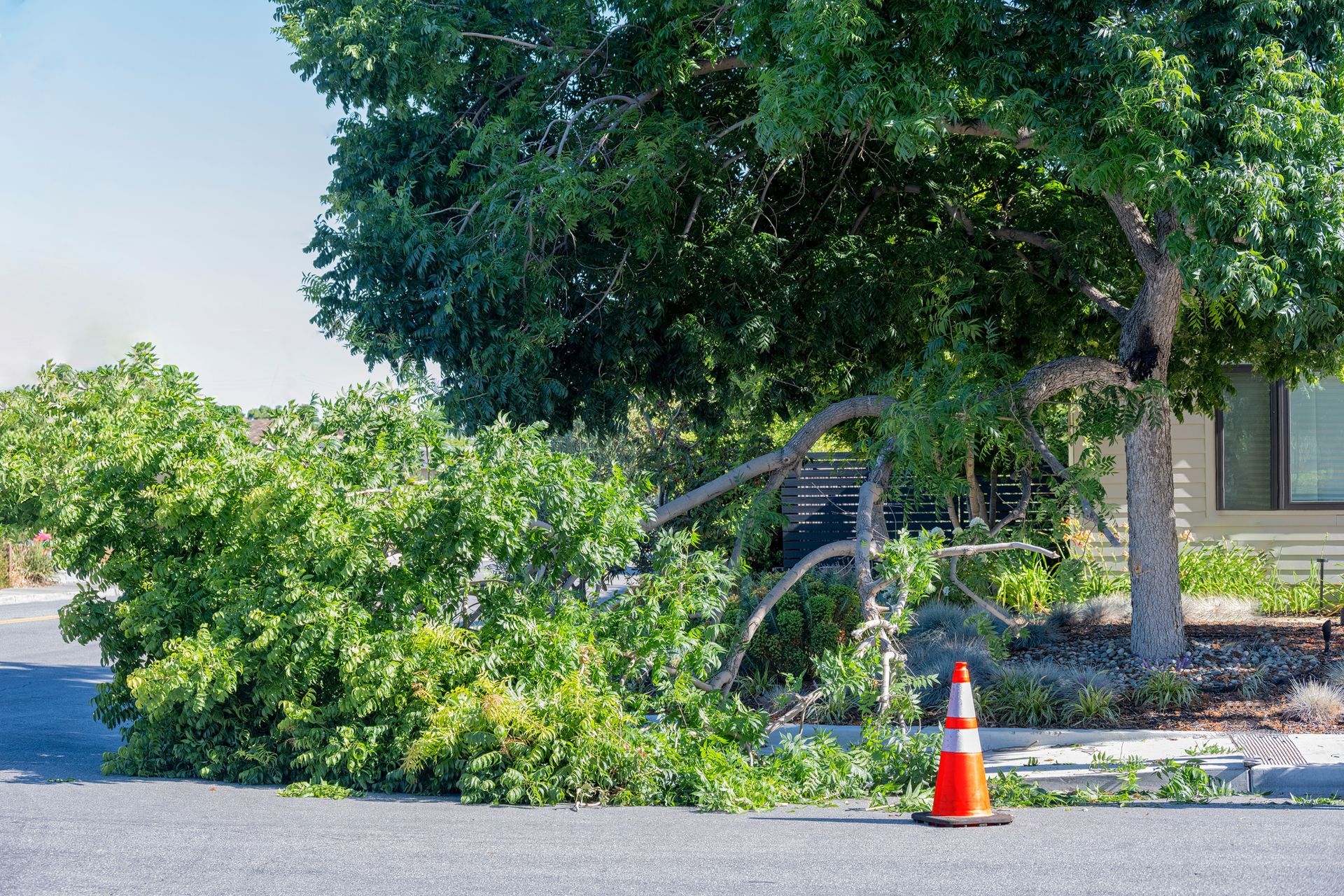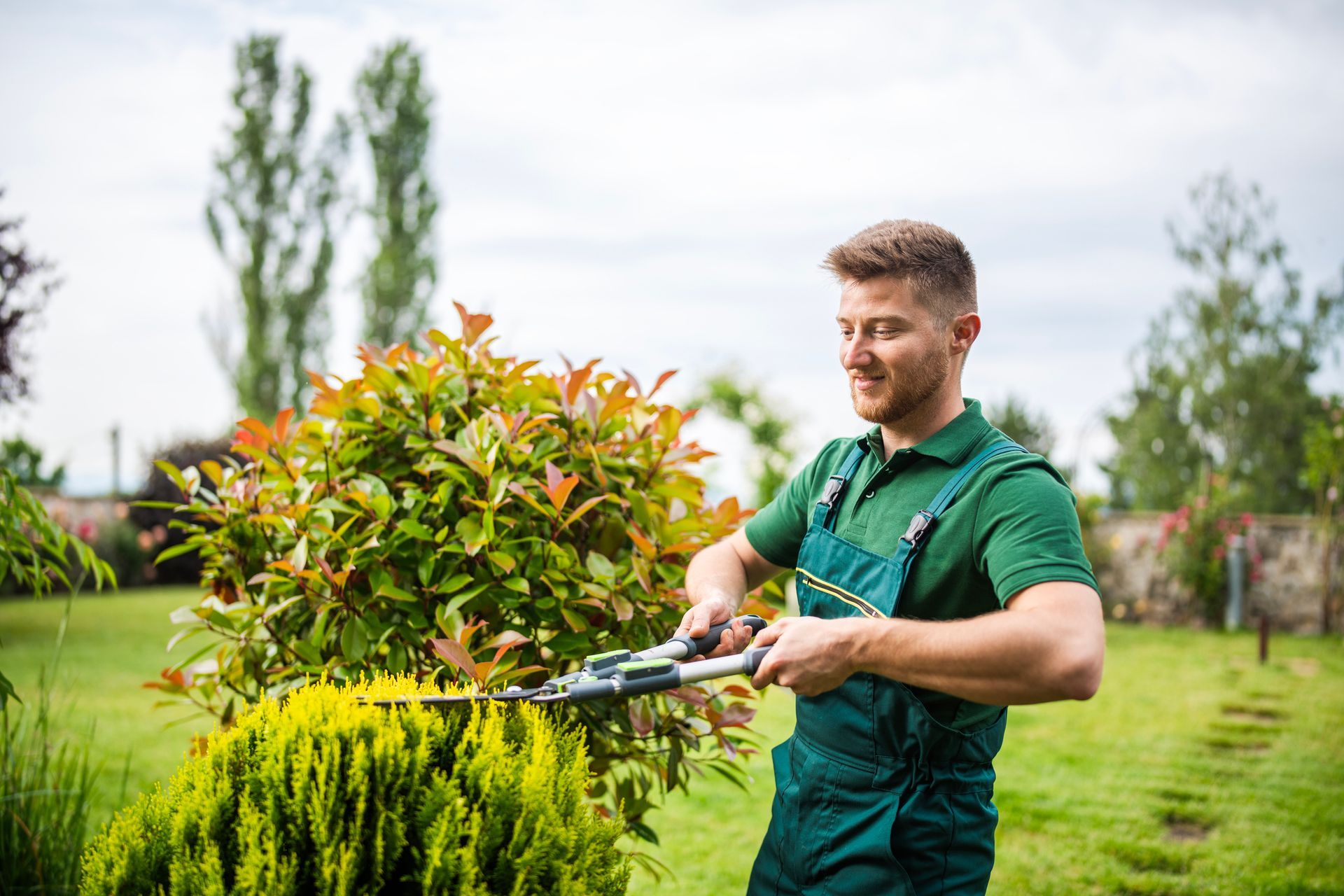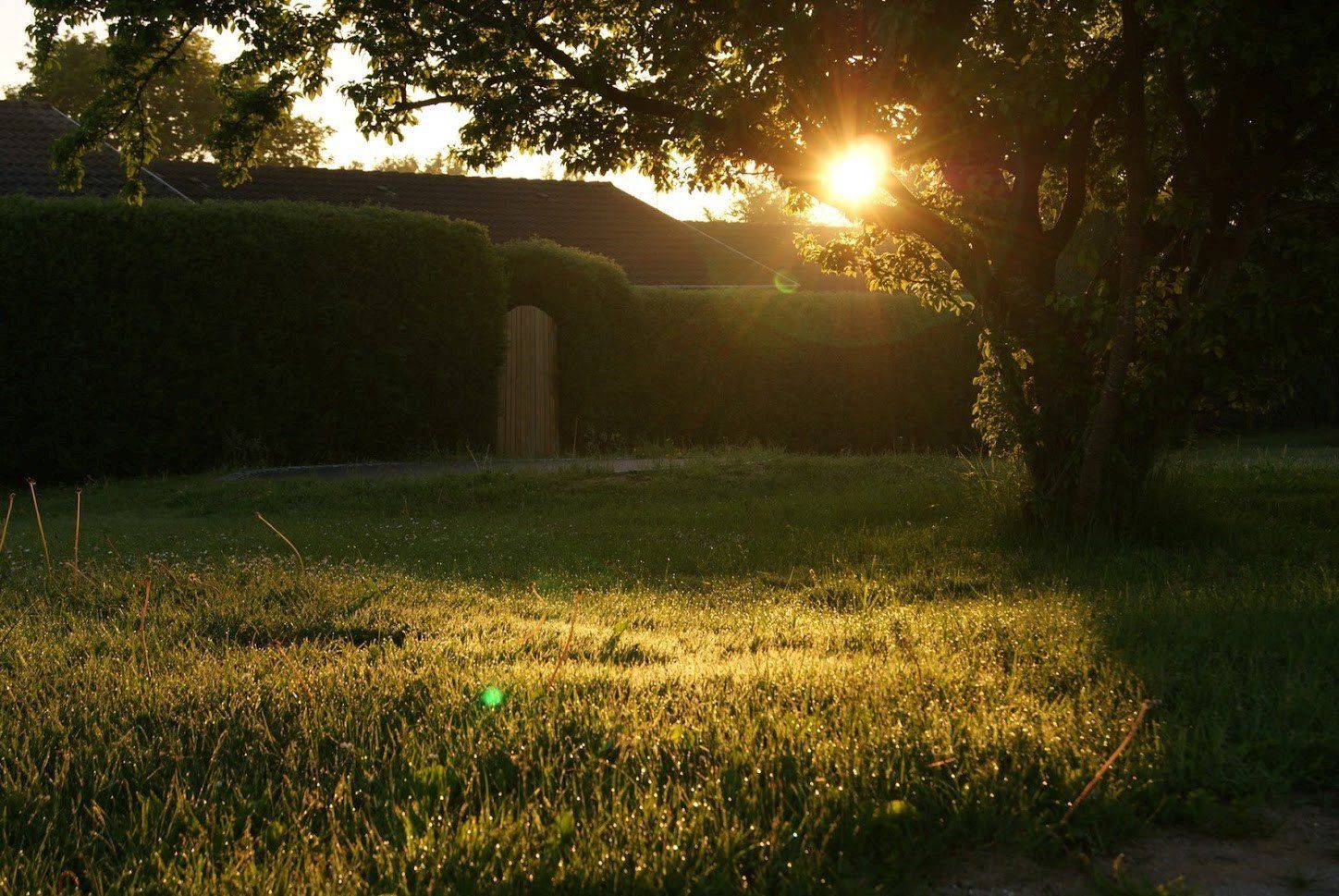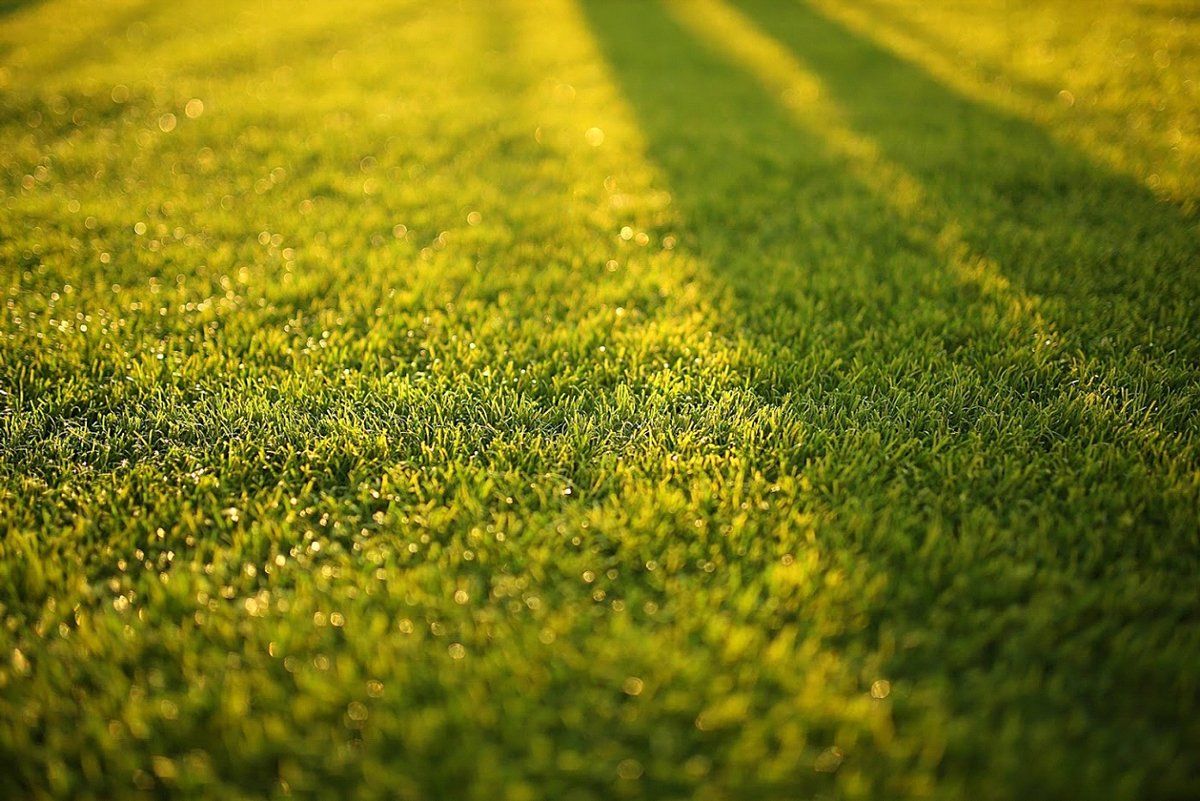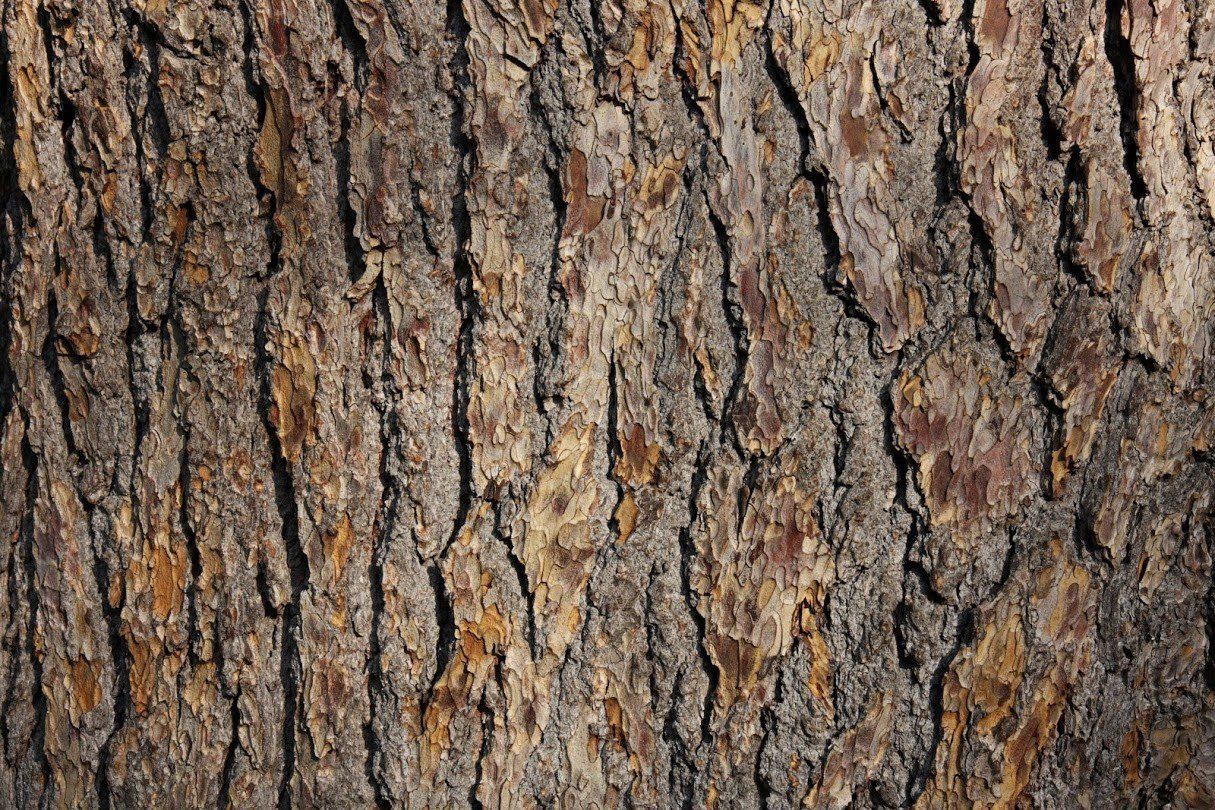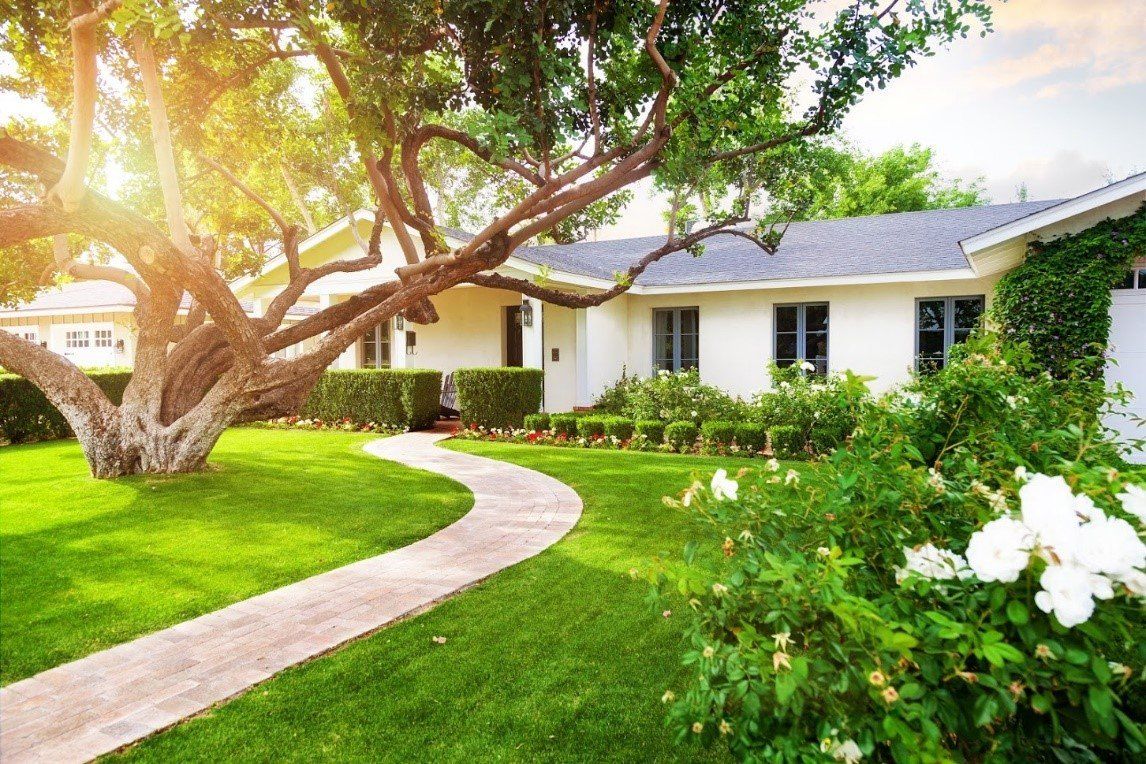3 Simple Solutions for Protecting Mature Trees
Healthy and appealing trees are beneficial in a few ways. While they add definition, texture, color, and even shade, healthy and mature trees add value to your home, as well. Recent reports state a mature tree can have an appraised value of between $1,000 and $10,000.
Because of their physical and financial benefits, protecting the underlying health and overall appeal of your mature trees is imperative. With these simple solutions and the help of professionals , you will learn how to protect your mature trees.
1. Water Properly
You most likely know that your trees require a good amount of water when they are first planted, but you may not realize how to water mature trees properly.
Too little water can result in the tree and its underlying roots drying out while too much water can increase the risk of fungal growth and decay. Therefore, learn how to water your trees to keep them appealing and healthy.
To ensure the tree is being watered sufficiently, check the soil conditions regularly. The consistency should be moist, not soggy, so if your soil feels dry, it needs to be watered. If the soil is soggy or you notice water puddling up around the tree, avoid watering the tree for a few days.
When it is time to water, you need to know about how much water to apply to the tree and underlying soil. Your best option for supplying the tree with the right amount of water is to measure the tree trunk. Experts believe 10 gallons of wateris needed for every inch of the tree trunk's diameter.
2. Protect the Roots
Even though they are out-of-sight underground, the roots should never be out-of-mind. Without healthy and strong roots, your tree will stop growing, blooming, and thriving. In many cases, issues with the roots can negatively affect its look and structural integrity, so keep your mature tree's roots strong to help your tree.
While surprising to learn, compacted soil is one of the most common dangers to the root system and tree health. If the soil becomes compacted and hard, oxygen, water, and nutrients will struggle moving from the soil into the root system, eventually causing your tree distress.
If the soil around the tree's roots is compacted, consider mixing in some compost. This will till up the hard soil while providing the roots with extra vitamins and nutrients your tree needs to thrive.
Aerate the soil around the tree to help loosen up compacted soil. Of course, this will only benefit the top few inches of soil. If deeper layers of soil are compacted, a more involved tilling and excavation will be necessary.
3. Prune Correctly
Pruning is helpful for promoting new growth in young trees, but it is also beneficial for protecting the look and health of mature trees.
Excessive pruning is not necessary, since numerous cuts and wounds left behind from trimming could actually put your tree in distress. Unnecessary wounds will allow insects and moisture into the tree, increasing the risk of infestations, damage, fungal growth, and your tree's death.
Make sure to prune at the right time, trimming off damaged, decaying, or potentially-hazardous branches. Deciduous trees should be pruned in the dormant season, which is late winter or early spring.
Trees that blossom in the spring should be pruned right after they bloom. Trees that bloom later should be pruned right before new growth begins in the early part of spring.
Caring for your mature trees is just as important as caring for your young trees. For assistance caring for your trees, contact the professionals at Kaily's Tree Service today.


